 SELECTED
ISSUE
SELECTED
ISSUE
|
|
Leisure Management - Functional training

Ask an expert

|
|
| Functional training
|

Functional fitness is creating a revolution on the gym floor.
Kath Hudson asks the experts to assess the impact
|

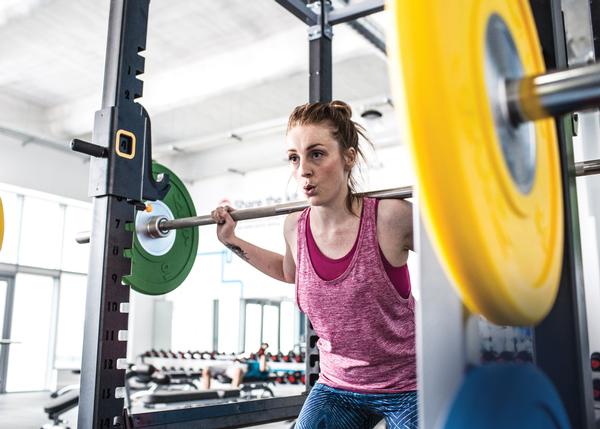
Functional training is overtaking traditional training methods COURTESY OF THE GYM GROUP
|
|
|
Three out of the four most popular pieces of kit on the average gym floor are functional, according to ClubIntel’s most recent research report. Traditional functional equipment – such as bosu and medicine balls – are the most popular, being used by up to 76 per cent of members. Treadmills are the most popular piece of cardio kit at 67 per cent and selectorised strength machines come in at 39 per cent. Interestingly, foam rollers are the fourth most popular piece of kit, being used by 63 per cent of members, indicating an upsurge in indoor stretching. According to Stephen Tharrett, co-founder of ClubIntel, very few people were using foam rollers five years ago. But what does this all mean for operators? Should clubs be extending functional areas? Creating stretching areas? Cutting down on cardio kit or traditional strength machines? Can the same gains be made with functional training, or does it have limitations? We open the floor for debate.
|
|
 |

Stephen Tharrett
Co-founder
ClubIntel
 |
|
Functional training isn’t a new trend: way back in the 1800s, people were using train wheels to do tyre flips. Plate loaded and selectorised equipment only came about when people who needed stabilisation wanted to work out.
The current use of non-traditional functional equipment has been driven by an increase in small group training. Millennials, in particular, really like these types of workouts and are influenced by celebrities and fitness instructors who highlight new trends via social media.
However, our research showed that clubs targeting an older demographic still favour free weights and more traditional functional equipment.
Selectorised and plate loaded equipment is very good for beginners and older people as you can start with the basics, but in contrast, functional workouts require a foundation of balance, agility and strength, which is beyond many deconditioned people and can sometimes be dangerous for them.
A third of clubs have a functional zone, and we’re starting to see more clubs, including Equinox and Lifetime Fitness, removing chunks of their cardio equipment – especially steppers and bikes – and some selectorised equipment, to create functional zones.
More space for stretching is another burgeoning trend: East Bank Club of Chicago now offers stretching cubicles, so people can stretch privately.
However, not all clubs should go down the route of creating large functional areas. It’s less suitable for budget gyms, as they often have lower staffing levels and you need to be taught how to use functional equipment in order to be safe and benefit from it.
Also, clubs targeting people in the baby boomer generation should continue to offer more cardio and selectorised machines to this age group.
When buying kit and planning space, clubs need to look at their market, the business model and what their PTs favour to get the right balance.
“More space for stretching is a burgeoning trend: East Bank Club of Chicago now offers stretching cubicles, so people can stretch privately”
| |
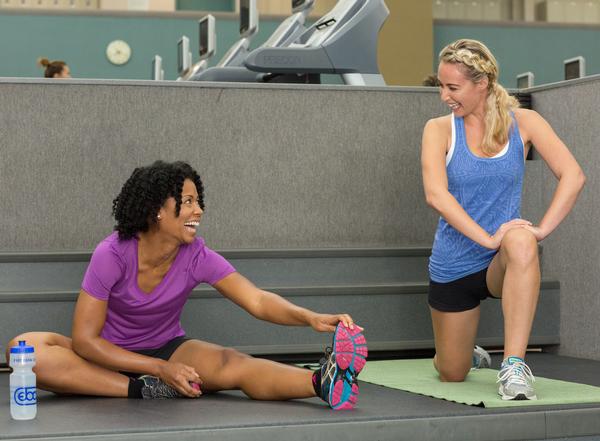

|
| Photo: MATTHEW BOWIE |

East Bank Club Chicago offers private stretching cubicles |
|
|
 |

David Hughes
Strength and conditioning coach
Edinburgh University
 |
|
Functional training – done using both traditional and non-traditional kit – has been providing the basis of training programmes at high performance level for decades. I use strength training with functional equipment as the starting point of my work with any new athlete, because it allows me to ensure they move properly.
The same principles apply to any health club member: functional training gets basic mobility right, which allows people to not only function better in their everyday lives, but also to get better results out of all their training, wherever they do it, and to be less prone to injury.
Athletes working with free or fixed weights get strong, but they don’t move better, and this can lead to limitations later on. Functional training teaches people how to move well and understand movement, which means they will get better results from other training they do, including that which is done on resistance equipment.
I’d like to see gyms offering large functional rooms, where people could lift anywhere in the space. They’d need to be supported by well qualified, knowledgeable staff. Functional training classes could be offered and then members given a programme to use.
Although the need to coach on this equipment is sometimes seen as a negative, it builds interaction between staff and members, which is a good thing, and functional training areas tend to encourage people to be sociable, which is welcomed by the younger demographic.
“Functional training teaches people how to move well, which means they will get better results from other training they do, including that which is done on resistance equipment”
| |
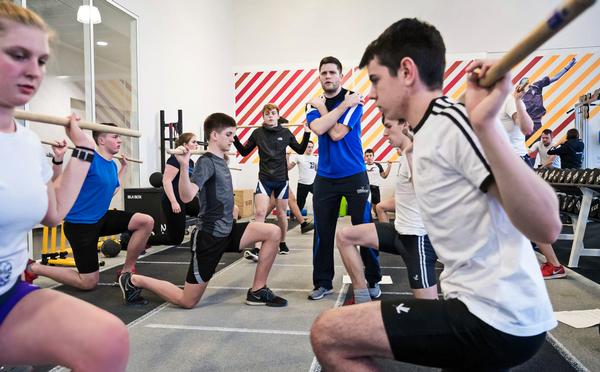

|

David Hughes working with athletes at Edinburgh University |
|
|
|
We’ve conducted surveys in almost 600 public, private and luxury gyms and carried out more than 100,000 face-to-face surveys and all our research points to the fact that despite more functional equipment being provided, not many gym members are using it.
We attach sensors to equipment to find out usage and back this up with face-to-face surveys, as well as researchers physically counting where people are working out. Our findings reflect that free weights are seeing the fastest rate of growth, followed by resistance selectorised equipment (mainly cable crossovers and dual adjustable pulleys). Although cardio equipment is still the most used, this popularity is declining. Time spent using functional equipment is minimal.
According to our face-to-face surveys, 3.4 per cent of customers said functional was one of their favourite equipment types in 2018.
If we look at the people-counts, 4.3 per cent of customers are working out in functional areas and if we look at the sensor data attached to equipment, functional makes up just 2 per cent of total customer demand. This compares with 45 per cent on cardio, 23 per cent on free weights and 30 per cent on resistance.
The face of gyms has changed: gym floors have a lot more functional equipment, but the fact remains that uptake is low for much of the day and not really growing. The only time we see functional kit getting really well used is when there are a lot of PTs or during a group exercise class, which is great for half an hour, but when the class ends, the areas go back to recording very low usage.,null
“The only time we see functional kit getting well used is when there are a lot of PTs or group exercise classes. When the class ends, the areas go back to very low usage”
| |
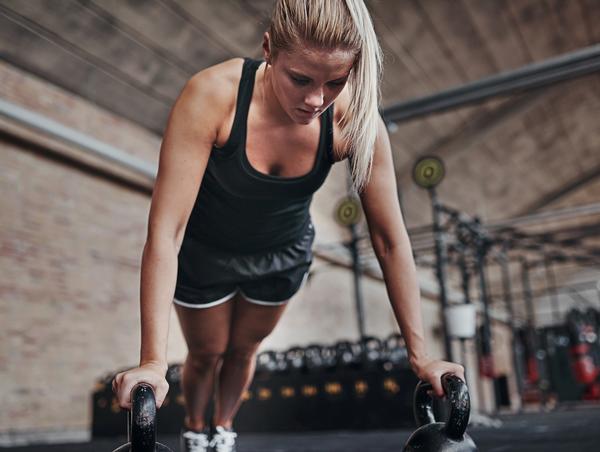

|
| PHOTO: SHUTTERSTOCK.COM |

When classes and PT sessions end, functional training areas go back to recording low usage |
|
|
 |

Andy McGlynn
CEO
Squared Ventures
 |
|
Prior to joining the fitness industry in 2002, I was a marine and trained a lot with what could be termed non-traditional functional kit – beer kegs, logs and running with jerry cans and stretchers – just using what was available. It was fun and effective.
Functional fitness started getting popular around 2005, often driven by coaches bringing in their own kit: the main difference between functional equipment and traditional resistance machines is the need for coaching.
In the past few years, functional zones have become aesthetically pleasing and appeal to those who use a coach, people who get bored easily and early adopters.
Good gains can be made training with functional equipment, but you can’t control the training variables in the same way – or as easily – as you can with traditional equipment, which targets muscles very specifically.
Now I’m gearing up to launch my own club in Manchester, I’ve had to think carefully about how to allocate space and budget. Because it’s aimed at an informed audience, and to be different from the budget clubs, it will be divided into three areas: a strength and conditioning section with free weights and lifting platforms; a holistic area for low intensity activities like yoga and pilates and a functional area with a range of traditional and non-traditional kit. Although I’m allowing space for non-traditional functional kit, I believe demand will stay strong for traditional equipment for some time yet.
“Good gains can be made, but you can’t control the training variables in the same way, or as easily, as with traditional equipment, which target muscles specifically” - Andy McGlynn, Squared Ventures
| |
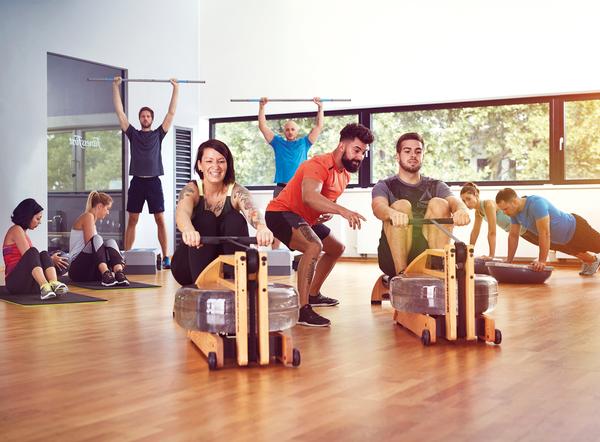

|
| Photo: COURTESY OF FITNESS FIRST |
|
|
What’s your experience of providing and optimising functional training areas in your gym?
We’d love to hear your views and feedback. Write to us at HCM@leisuremedia.com
|
|
 |
| Originally published in Health Club Management 2018 issue 4
|
|
 |
|